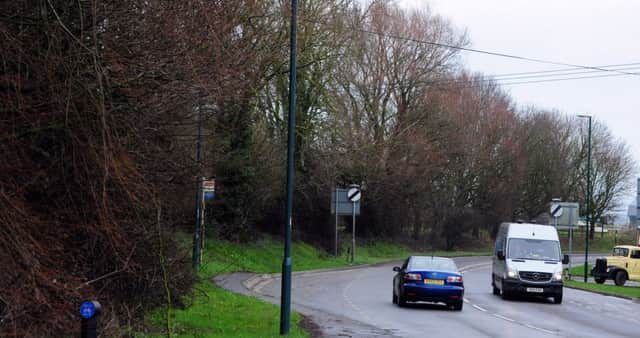Criticism as council exemption overrides trees' protected status


In the case of trees along the A259 between Flansham and Climping, it is when a council wishes to fell or cut them.
West Sussex County Council applied to Arun District Council for planning permission to carry out work, linked to the construction of a £1.4million extension of the National Cycle Route Two.
Advertisement
Hide AdAdvertisement
Hide AdBut the application was withdrawn after Arun advised county officers they were exempt from requiring permission.
County plans to fell 20 trees and carry out work to a further 57. Eleven of the trees are subject to tree preservation orders (TPO).
A county council spokesman said: “These trees need to be felled for safety reasons.
“It will improve visibility for road users joining the A259, which is particularly important for those pedestrians and cyclists using the new route when it is built.”
Advertisement
Hide AdAdvertisement
Hide AdDespite the perceived benefit of the new cycle route, Bognor Regis Civic Society criticised the loss of the trees.
It comes just a month after the society opposed the county council’s plan to carry out work on a protected tree in Middleton to facilitate a new access to serve a planned housing development.
Deputy chairman Hugh Coster said: “This is monstrous, particularly as it is being done without any publicity in the half-light of sneaky council procedures.
“The first thing anyone will know about it is when the county council start cutting, and then it’s too late.”
Advertisement
Hide AdAdvertisement
Hide AdAn Arun spokesman explained that the county council did not need permission for the work.
She said: “West Sussex County Council submitted an application for work to trees.
“On February 10, the application was withdrawn as county has an exemption from requiring prior consent from Arun District Council to cut down, top, lop or uproot protected trees required to implement work that the highways authority is carrying out.
“It appears that the majority of the trees being worked on were not subject to protection as they are not in a conservation area or covered by a tree preservation order.”